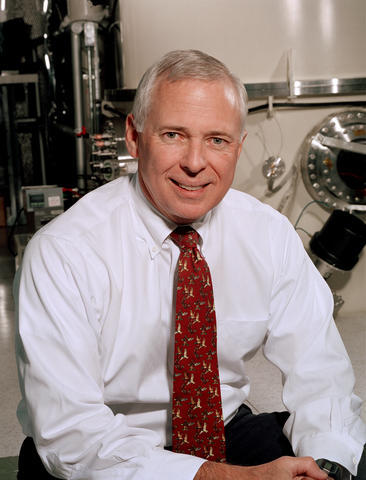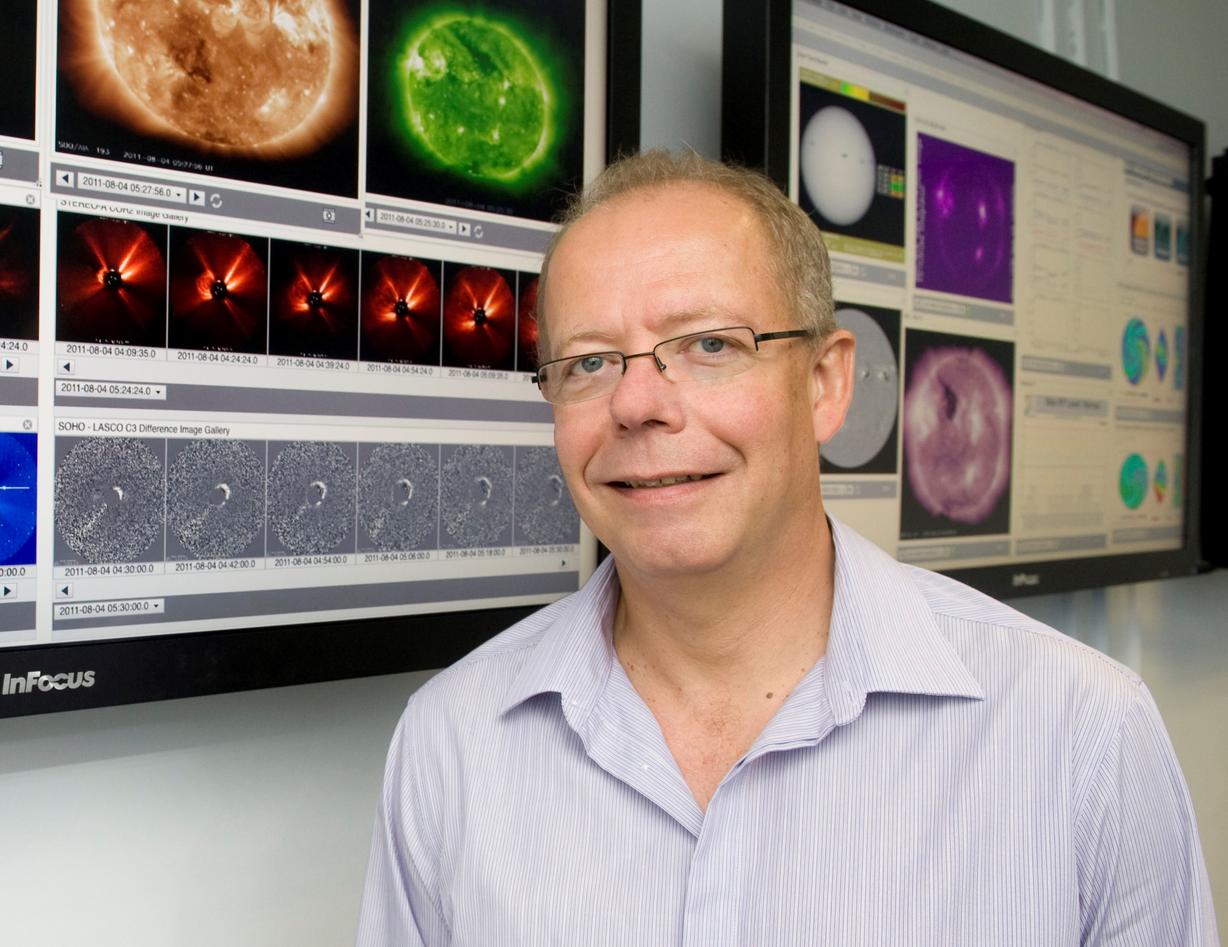Magnetized plasma - the most powerful explosions in space
Magnetized plasma in outer space carries huge amounts of energy that occasionally gets released, typically in the form of magnetically driven explosions. Dr. James L. Burch and Dr. Michael Hesse tells you more about the phenomena in their Horizon lecture.

Main content
The lecture:
Such magnetic explosions are what produce solar flares on the Sun as powerful as a billion atomic bombs and magnetar flares that release more energy than even the largest supernova explosions. In the Earth atmosphere, they fuel magnetic storms and auroras. And in fusion reactors they are dreaded as the source of catastrophic failure.
But how do they work? The physical process behind them is “magnetic reconnection”, which until recently was a big mystery. Even though magnetic reconnection has far-ranging effects on very large spatial scales, the critical processes take place on very small spatial scales. Intricate interactions between charged particles and electromagnetic fields in the so-called diffusion zone is what makes magnetic reconnection happen. In the laboratory, this zone is way too small to fit probes into. In the Earth environment, it is typically smaller than 100km, while the overall system may be as large as a 100 thousa km or even larger. So how do we find and get measurements from inside this zone?
Taking on this challenge is exactly the purpose of the $1B Magnetospheric Multiscale Mission (MMS) launched by NASA in 2015. Four spacecraft flying in a tight formation (as close as 10km apart) have been searching for diffusion regions in the Earth magnetosphere to take high precision measurements inside them – successfully! They have found some and made the crucial measurements that have now determined without doubt the physics of the diffusion region. The lecture will present the many amazing consequences of magnetic reconnection throughout the universe and give a brief explanation of the theoretical predictions of how magnetic reconnection works. Then, the MMS mission will be introduced, followed by a description of the decisive measurements, which resolved this scientific puzzle.
Light refreshments will be served before the lecture, which starts at 16.15 pm on 14 of June in Egget, The Student Centre, Parkveien 1 (please note location!). Everybody is welcome!
The speakers
Dr. James L. Burch, vice president of the Space Science and Engineering Division at Southwest Research Institute, San Antonio, Texas USA. Dr. Burch is the Principal Investigator for the MMS mission. Prior to that, he has led and provided instruments to many other missions for NASA and also recently to the European Space Agency’s Rosetta mission. Dr. Burch received his PhD degree in Space Science from Rice University in 1968. After three years as a U.S. Army officer, he began work in space science at the NASA Goddard Space Flight Center. Since 1977 he has pursued experimental magnetospheric physics research at Southwest Research Institute, serving as Vice-President there since 1985. Dr. Burch has over 400 articles published in peer-review journals. He is a fellow of the American Geophysical Union and is the recipient of several other distinctive honors and awards, including several NASA awards and the AGU Flemming medal.
Dr. Michael Hesse, Professor of Space Physics, Birkeland Centre for Space Science, University of Bergen. He is the lead for theory and modeling for the MMS mission. Dr. Hesse has had a major impact on NASA’s Heliophysics missions. Prior to his retirement in 2016, he served for 25 years at NASA’s Goddard Space Flight Center, the last 5 years as the Director of the Helophysics Science Division, the largest organization of its kind in the world. Dr. Hesse received his Doctorate degree in Theoretical Physics from the Ruhr-Universität, Bochum, Germany in 1988, after which he spent three years at Los Alamos National Laboratory as Director’s Postdoctoral fellow. Early in his career at NASA, Dr. Hesse made a major mark by conceiving, establishing, and leading the Community Coordinated Modeling Center. Dr. Hesse has more than 250 articles published in peer-review journals. He is a fellow of the American Geophysical Union and has earned many prestigious honors and awards for his service at NASA, including the Distinguished Service Medal, NASA’s highest award.

